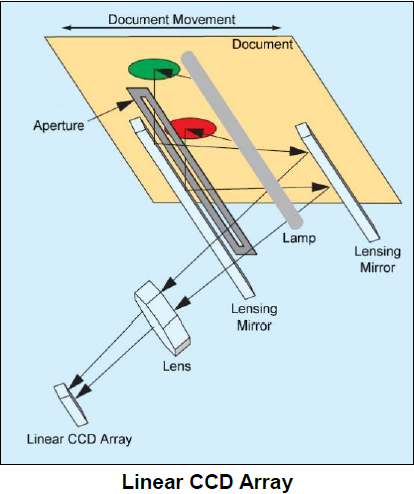

After TWO DECADES with its first Contex scanner, the General Land Office (GLO) was first in line to upgrade to the 60-inch HD Ultra X. A scanning solution like no other, the HD Ultra X is setting the new standard in scanning: 17.8 inches per second... automations... productivity boosters... and did we say 60 inches wide?
The GLO gained a notable 25% BOOST IN PRODUCTIVITY, thanks to the HD Ultra X. Read all about the GLO and its project to preserve — and sell reproductions of — more than 45,000 maps, sketches, and surveys.
Click here to read this success story.

THE NEW SCANNING STANDARD
The HD Ultra X is the new standard for large format scanning. The scanner comes in 36-, 42-, and 60-inch widths.
Visit us online or chat with us for more information.











